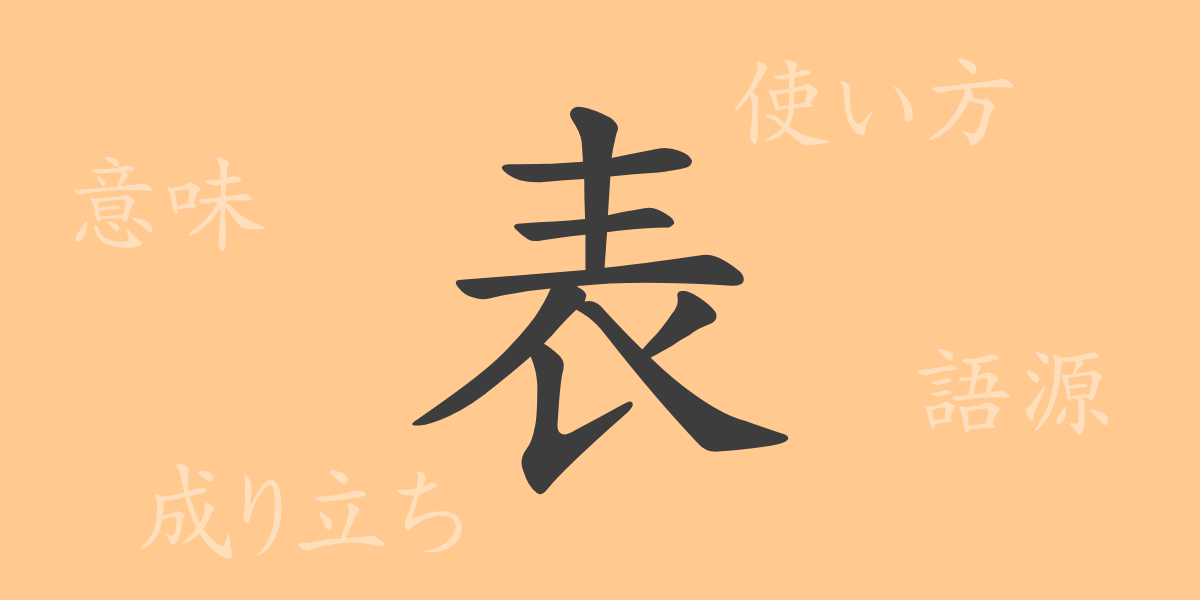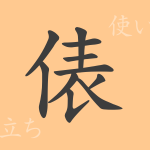The beauty of the Japanese language is reflected in its complex and rich writing system. Each 漢字 (kanji) character carries deep meanings and reflects a unique culture and history rooted in our daily lives. This time, we will focus on the commonly used kanji “表” (hyō) and delve into its origins and modern usage. Through the diverse meanings of this kanji and the idioms and expressions that utilize it, we invite you to appreciate the profound depth of the language.
The Origin of 表 (Hyō)
The kanji “表” (hyō) began to be used in ancient China as a character referring to the surface of the “skin” that means the outside. At that time, “表” (hyō) was used in flags and banners where animal skins were stripped and characters were written, which gave it the meaning of “something that is shown externally.” Eventually, this kanji evolved to mean “outside” or “visible surface,” and further extended to actions such as “displaying.”
The Meaning and Usage of 表 (Hyō)
The kanji “表” (hyō) is used in a wide range of meanings, derived from its basic usage of “outside” or “surface.” It is related to actions such as “display” (表示する hyōji suru), “express” (表現する hyōgen suru), and “commend” (表彰する hyōshō suru). It is also used to indicate “visible appearance” in words like “expression” (表情 hyōjō) and “title” (表題 hyōdai). Additionally, “表” (hyō) plays a role in contrasting “inside and outside” as seen in “表裏” (hyōri).
Reading, Stroke Count, and Radical of 表 (Hyō)
The kanji “表” (hyō) holds a lot of information despite its simplicity.
- Reading: In 音読み (on’yomi), it is read as “hyō,” and in 訓読み (kun’yomi), it is read as “omote,” “arawa.su,” and “arawa.reru.”
- Stroke Count: It consists of 8 strokes.
- Radical: The radical is “衣” (ころもへん koromohen).
Idioms, Expressions, and Proverbs Using 表 (Hyō)
There are numerous idioms, expressions, and proverbs in Japanese that include “表” (hyō). For example, “表面張力” (hyōmen chōryoku) refers to a physical phenomenon, and “一表知万” (ippyou chiman) means knowing everything by seeing one thing. “表裏一体” (hyōri ittai) signifies the duality of things, and “表情豊か” (hyōjō yutaka) refers to someone whose emotions are easily shown on their face. These examples showcase the intricacy and richness of the Japanese language.
Conclusion on 表 (Hyō)
The kanji “表” (hyō) is an indispensable element in the Japanese language, both in form and meaning. Originating from ancient China, its meanings have expanded over time and it is still used in various contexts in modern Japanese. Understanding the rich meanings and usages of this single character can be seen as a step towards a deeper understanding of the Japanese language. From everyday conversation to business scenarios and literary works, “表” (hyō) is an essential part of our communication.

























